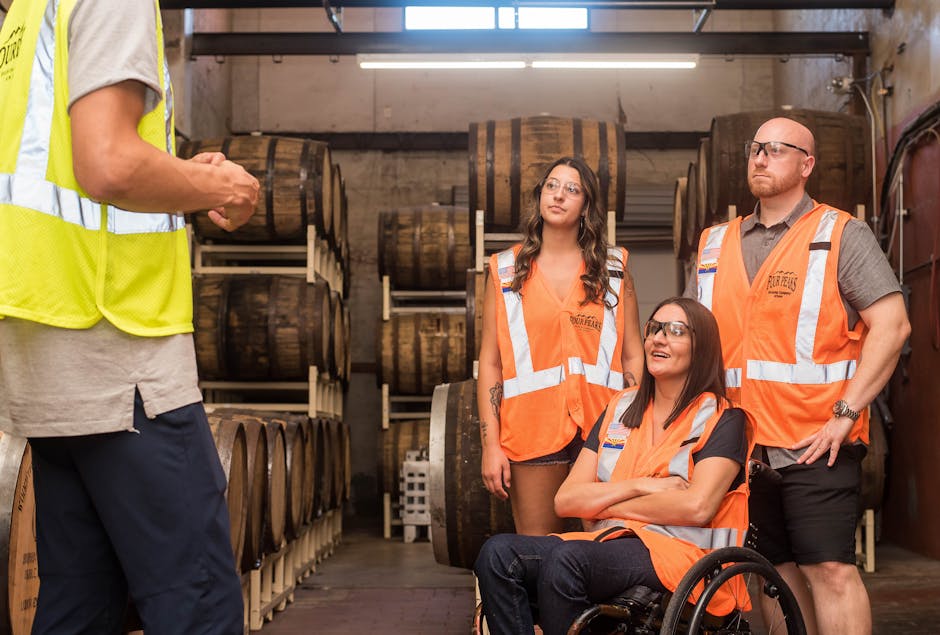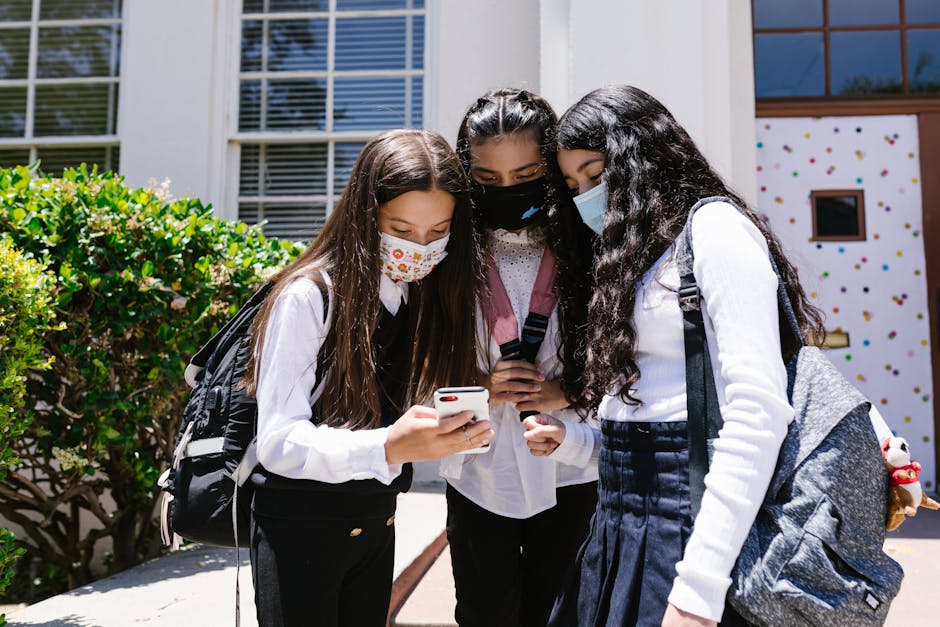Community Engagement for Better Water Safety
Did you know that nearly 400,000 people drown each year? Water safety is crucial, whether were at the beach, a lake, or even our local pool. But how can communities come together to make their water environments safer? The answer lies in community engagement.
What is Community Engagement?

Community engagement is about people working together. It’s when neighbors, local organizations, and governments partner to solve problems. In terms of water safety, this means everyonefrom parents to local leadersplays a role in keeping our waters safe.
Think about your favorite swimming spot. Have you ever noticed signs warning about strong currents? that’s community engagement in action! Local authorities often post these signs based on feedback and concerns from residents.
Why is Water Safety Important?

Water safety isn’t just about preventing drownings. it’s about protecting our communitys health. Unsafe water can lead to illnesses and accidents. According to the World Health Organization, about 2 billion people lack safe drinking water. This statistic highlights the need for community involvement in water safety measures.
By working together, communities can:
- Educate each other on water safety practices.
- Improve local water quality.
- Encourage safe swimming habits.
How Can Communities Engage?

Engaging a community in water safety can take many forms. Here are a few effective strategies:
1. Organize Neighborhood Workshops
Workshops can teach valuable skills. For instance, local experts can demonstrate CPR or first aid. These skills may save a life one day. Plus, workshops foster a sense of community. People get to know their neighbors while learning something important.
2. Create Safe Swimming Programs
Community pools and recreation centers can offer swim classes. These lessons can be tailored for all ages. Teaching children to swim is especially vital. For many, it’s their first step toward water safety.
3. Start a Water Watch Program
what’s a Water Watch Program? it’s a group of volunteers who monitor local water bodies. They check for hazards like debris, currents, or pollution. By keeping an eye on water conditions, they help keep everyone informed and safe.
Who Can Get Involved?

Everyone has a part to play in water safety. Heres a closer look:
- Parents: Lead by example. Teach your children about safe water practices.
- Schools: Incorporate water safety into health education classes.
- Local Government: Develop policies that enhance water safety and accessibility.
What Are Some Common Misconceptions?
Many people have misconceptions about water safety. Lets address a few:
1. Swim Lessons are Only for Kids
This isn’t true! Adults can benefit from swim lessons too. it’s never too late to learn. Many communities offer adult swimming classes.
2. I don’t Need to Worry if I’m a Strong Swimmer
Even strong swimmers are at risk. Factors like fatigue, weather, and currents can be dangerous. Always pay attention to your surroundings, no matter your skill level.
How Can We Measure Success?
Measuring the impact of community engagement in water safety can be challenging. However, here are a few indicators to look for:
- Increased participation in water safety workshops.
- Positive feedback from community members.
- Decreased number of drowning incidents.
Real-Life Examples of Successful Engagement
Lets look at some communities that have successfully engaged locals in water safety:
1. The Swim Safe Initiative
A small town launched a Swim Safe program. They offered free swimming lessons for all ages. As a result, drowning incidents dropped by 30% in just two years.
2. Beach Clean-Up Days
Another community organized beach clean-up days. Locals came together to remove trash and hazards. This not only improved water quality but also raised awareness about the importance of protecting our waterways.
What Resources Are Available?
There are many resources to support community engagement in water safety:
- Local Health Departments: They often provide flyers and materials on water safety.
- Nonprofit Organizations: Many focus on water safety education and outreach.
- Online Resources: Websites like Red Cross offer valuable information on water safety.
How Can You Start Engaging Today?
Getting involved is simple! Here are a few steps to take right now:
- Talk to your neighbors about water safety concerns.
- Join local meetings or workshops focused on water safety.
- Spread the word on social media about water safety tips.
Every little action counts. By engaging in water safety, you help create a safer environment for everyone.
Conclusion: Make a Splash in Your Community!
Community engagement is key to improving water safety. Together, we can educate, protect, and save lives. Remember, safety starts with you. The next time you’re near water, think about how you can make a difference.
So, are you ready to take action? Join hands with your community and make a lasting impact!


